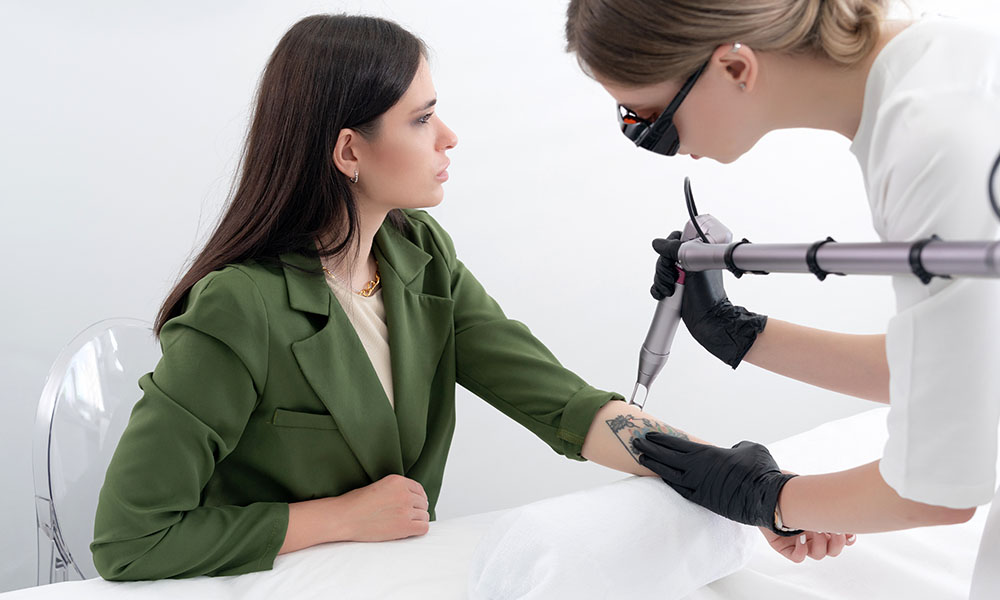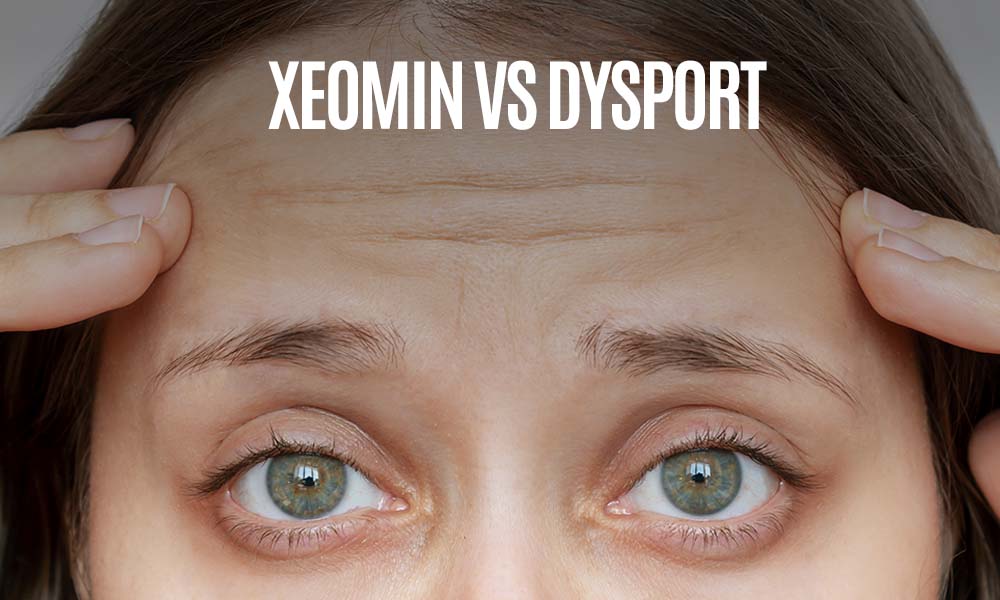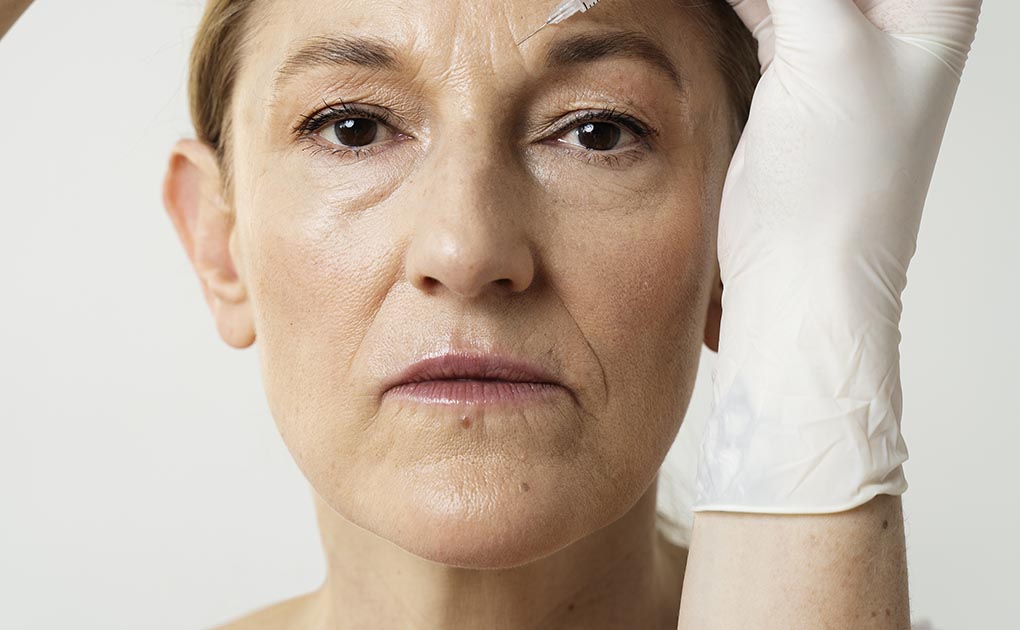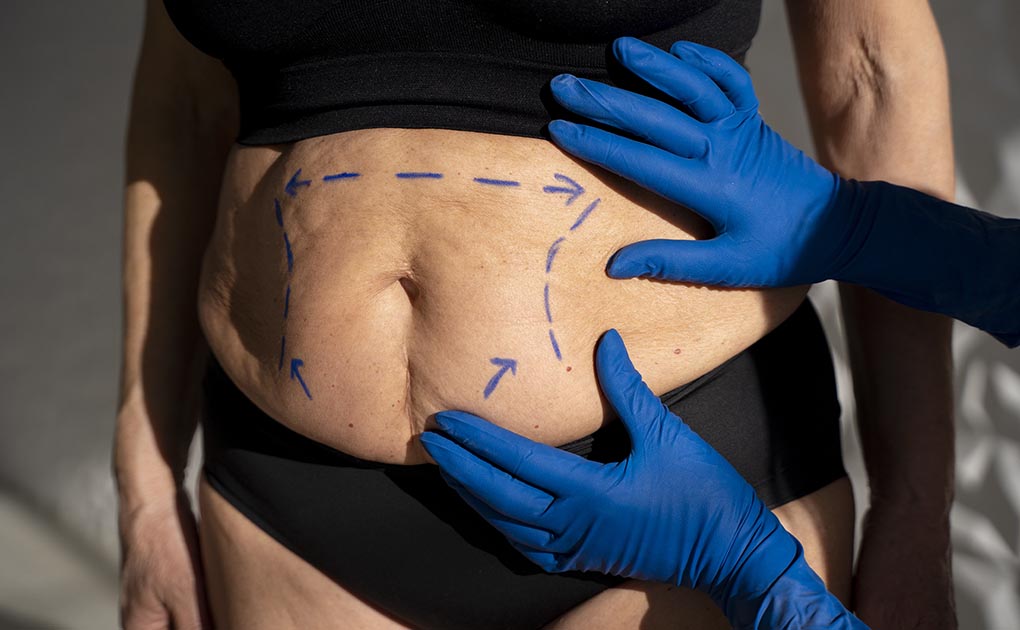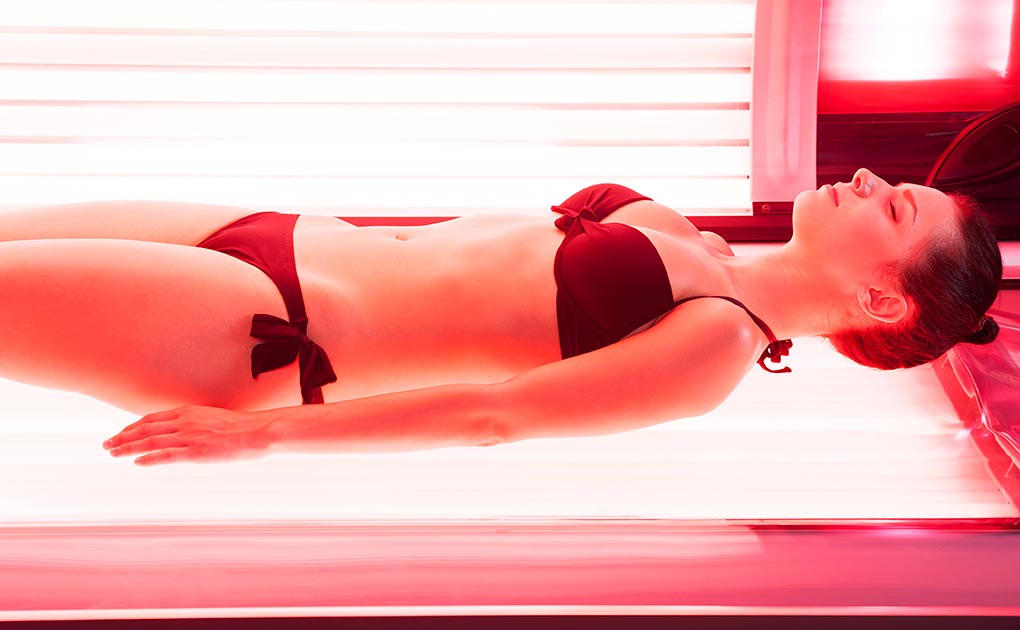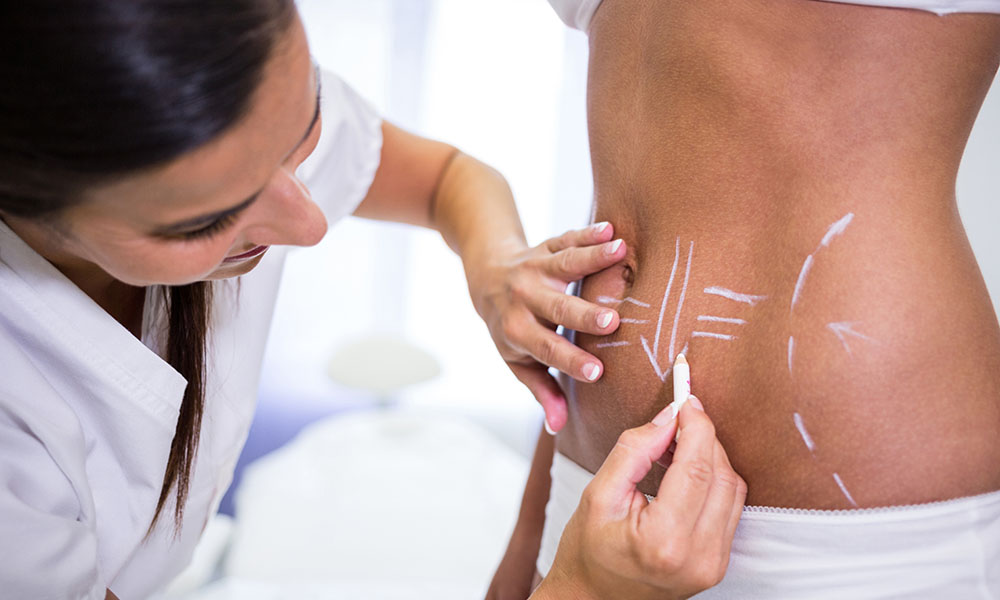Tattoos can be a form of personal expression, but sometimes people choose to remove them due to changes in lifestyle, taste, or career. Laser tattoo removal is the most effective way to erase unwanted ink without causing significant skin damage.
If you’re considering this procedure, it’s important to understand the process, what happens during a session, and what to expect afterwards. In this guide, we’ll walk you through the laser tattoo removal experience step by step.
How Laser Tattoo Removal Works
Laser tattoo removal involves using specialized lasers to break down the ink particles embedded in the skin. These particles are then absorbed and eliminated by the body’s immune system over time.
Types of Lasers Used
1. Q-Switched Lasers
These are the most common lasers for tattoo removal. They emit short, high-intensity pulses that target the ink particles without damaging the surrounding skin.
2. PicoSure Lasers
PicoSure lasers deliver even shorter bursts of energy, making them highly effective for stubborn tattoos or multicoloured designs.
3. Nd: YAG Lasers
This type of laser is particularly effective for darker ink colors like black and blue.
What to Expect During a Laser Tattoo Removal Session
1. Consultation
Your first step will be a consultation with a qualified provider. They’ll assess your tattoo’s size, color, and location, as well as your skin type, to determine the best treatment plan.
2. Preparation
The treated area will be cleaned, and a numbing cream may be applied to minimize discomfort.
You’ll be given protective eyewear to shield your eyes from the laser.
3. The Procedure
The laser device is passed over the tattoo, emitting light pulses that break down the ink.
You may feel a snapping sensation, similar to the snap of a rubber band, as the laser works. The discomfort level varies depending on the tattoo’s location and size.
4. Duration
A session typically lasts between 15-45 minutes, depending on the size and complexity of the tattoo.
Multiple sessions (usually 6-10) are required, spaced 6-8 weeks apart, to achieve optimal results.
What to Expect After Laser Tattoo Removal
Immediate Aftermath
- Redness and Swelling: These are common and usually subside within a few hours.
- Blisters: Some individuals may experience small blisters, which are a normal part of the healing process.
- White Frosting: The treated area may develop a white, frosted appearance immediately after the session. This is temporary and indicates the ink is being broken down.
Healing Process
Over the next few days, the treated area may scab or peel. Avoid picking at the skin to prevent scarring.
The tattoo will gradually fade as your body eliminates the broken-down ink particles.
Post-Treatment Care Tips
1. Keep the Area Clean
Wash the treated area gently with mild soap and water.
Pat it dry with a clean towel.
2. Apply a Healing Ointment
Use an antibiotic ointment or a recommended healing cream to keep the area moisturized.
3. Avoid Sun Exposure
Protect the treated area from direct sunlight by wearing clothing or applying sunscreen with at least SPF 30.
4. Avoid Picking or Scratching
Let scabs or blisters heal naturally to prevent infection and scarring.
5. Stay Hydrated and Healthy
Drinking plenty of water and maintaining a healthy lifestyle can support your body’s ability to eliminate ink particles efficiently.
How Long Does Tattoo Removal Take?
The total time required for complete tattoo removal depends on several factors:
- Tattoo Size: Larger tattoos take more sessions to remove.
- Ink Color: Black and dark-colored inks are easier to remove, while lighter colors like yellow and green may require more effort.
- Skin Tone: Darker skin tones may need additional sessions to ensure safe and effective removal.
- Tattoo Age: Older tattoos often fade more easily than newer ones.
On average, most people achieve significant fading or complete removal after 6-10 sessions.
Who is a Good Candidate for Laser Tattoo Removal?
Laser tattoo removal works for most people, but some factors may affect the treatment’s success:
Ideal Candidates:
- Individuals with lighter skin tones and darker tattoos.
- Those with realistic expectations about the outcome.
Challenging Cases:
- People with lighter-coloured tattoos or multicoloured designs.
- Individuals with medical conditions affecting skin healing.
- Always consult with a professional to determine if laser tattoo removal is suitable for you.
Benefits of Laser Tattoo Removal
- Non-Invasive: No surgery or incisions are required.
- Customizable: Tailored to your tattoo’s size, colour, and location.
- Effective for Most Tattoos: Especially with advancements in laser technology.
Potential Risks and Side Effects
Although laser tattoo removal is generally safe, it does carry some risks:
- Temporary Pigment Changes: Light or dark spots may appear but usually fade over time.
- Scarring: Rare but possible, especially if post-care instructions aren’t followed.
- Infection: Proper hygiene can minimize this risk.
Laser tattoo removal is an effective way to erase unwanted tattoos and start fresh. While the process requires patience and commitment, understanding what to expect can help you prepare for a smooth and successful experience.
If you’re considering laser tattoo removal, consult with an experienced provider to discuss your goals and develop a treatment plan tailored to your needs.
FAQs
1. Does laser tattoo removal hurt?
The sensation varies, but most people compare it to a rubber band snapping against the skin. Numbing creams can reduce discomfort.
2. How many sessions will I need?
The number of sessions depends on your tattoo’s size, color, and age, but most people need 6-10 treatments.
3. Can all tattoo colors be removed?
Black ink is the easiest to remove. Lighter colors like yellow and green may require more sessions or specialized lasers.
4. Are there side effects of laser tattoo removal?
Common side effects include redness, swelling, and blistering, which typically resolve within a few days.
5. Can laser tattoo removal leave scars?
Scarring is rare but can occur if aftercare instructions aren’t followed or if the area is picked at during healing.
